The landing boat of the 21820 project for the Russian Navy was launched.
The contract for the construction of a series of three boats of this project was signed by OAO Yaroslavsky Shipbuilding Plant and the Ministry of Defense of Russia 23 June 2011. To commemorate the 200 anniversary of the Patriotic War 1812, it was decided to perpetuate the memory of the heroes of this war in the names of a series of landing craft.
The lead boat under this contract, Denis Davydov, was laid in Yaroslavl on January 18 2012, the second - Lieutenant Rimsky-Korsakov (702 serial number) - 21 June 2012, and the third - Michael Lermontov (703 serial number) - laid 18 January 2013 of the year.
The launching ceremony was attended by leaders and representatives:
The Naval Shipbuilding Directorate, the Department for the State Defense Order of the Russian Defense Ministry, the Regional Branch of the Rodina Party in the Yaroslavl Region, the Directorate for Work with Defense Industry Enterprises and the Monitoring of the Implementation of Promising Projects of the VTS FS, 1 Department of the Department for Specialist Property and Services of the Navy JSC Rosoboronexport ", Governor of the Yaroslavl Region, Department of Industrial Policy of the Yaroslavl Region, Administration of the Frunzensky District of the City of Yaroslavl, etc. From the Ministry of Industry and trade of the Russian Federation was read out the received welcome address.
“This is a low landing ship. The need for such ships in the Navy is wide. I think the state order will not be limited to three ships, ”said Gennady Kharin, Chairman of the Board of Directors of the Yaroslavl Shipbuilding Plant.
Yaroslavl Shipyard is one of the leading Russian shipbuilding enterprises with experience in building ships of various classes, types and purposes of high complexity.
Permanent state customers for a long time: the Ministry of Defense of Russia, the Border Guard Service of the Federal Security Service of Russia, the Ministry of Internal Affairs of Russia, the Federal Security Service of Russia, the Ministry of Transport of Russia.
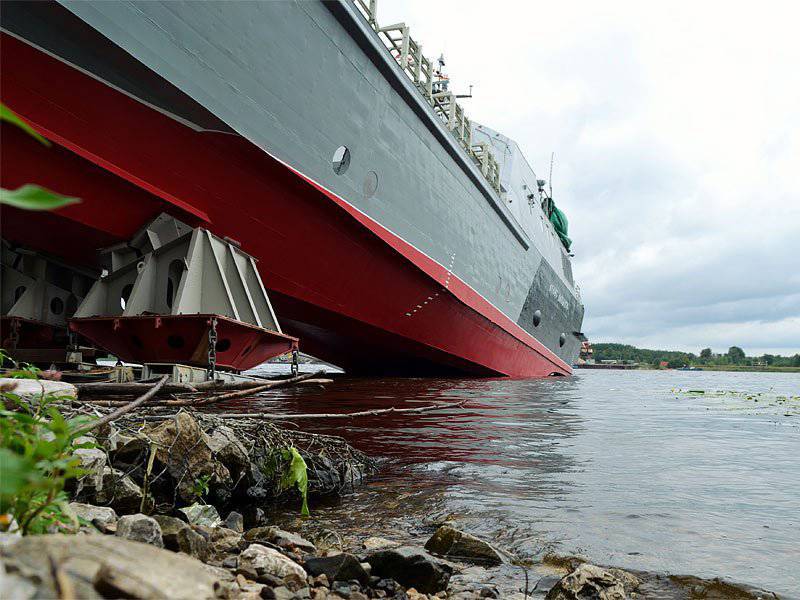
Currently, under current government contracts, the plant builds:
- for the Ministry of Defense of Russia - sea tug project 745 mbs, landing craft project 21820 - 3 units,
- for the FSB of Russia - speed patrol boats of the project 12260 - 2 units,
- for Rosmorrechflot - conditional vessels of the project SV 2407 - 6 units, tankers, bunkermen of the project RT 18 - 3 units,
- for the Ministry of Internal Affairs of Russia - special police speed patrol boat
12260 project.
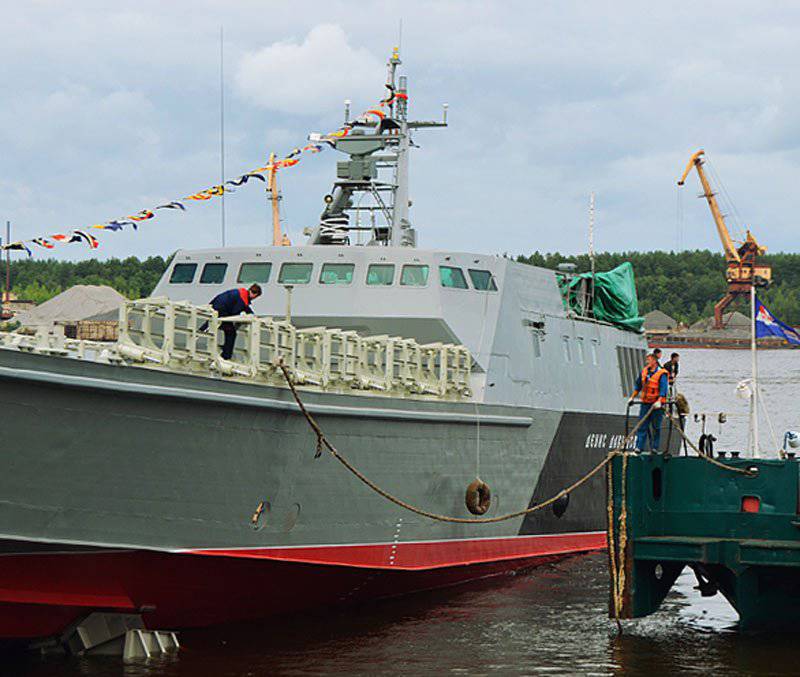
Specifications:
Displacement: 280 t. (Full)
The main dimensions: length - 45 m, width - 8.6 m, draft - 2.2 m.
Maximum travel speed: 35 knots
Crew: 6 people
Landing capacity: 3 tank or 5 armored vehicles
Armament: two 14,5-mm MTPU machine gun installations
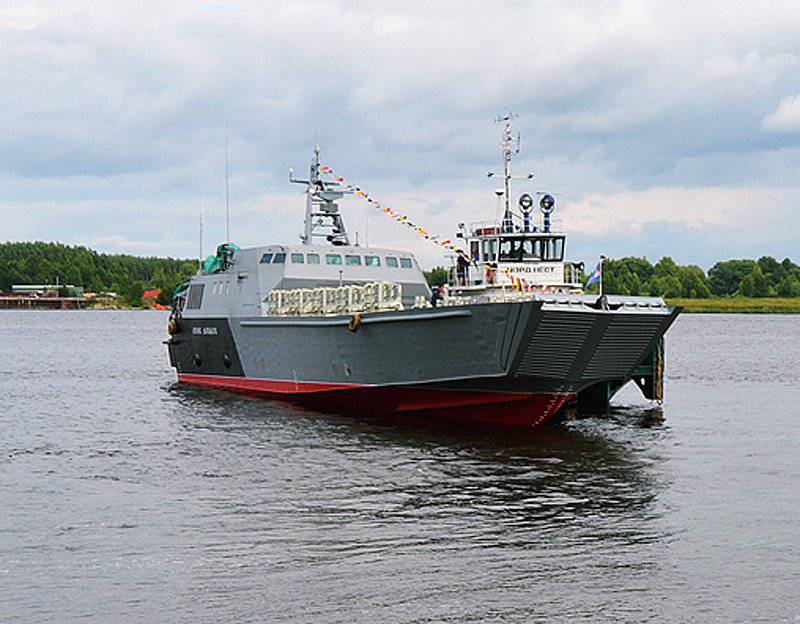
Серия:
Ataman Platov (factory number 811) - built on the Volga Shipyard (Nizhny Novgorod), part of the Caspian flotilla
"Ivan Kartsov" (serial number 4001) - in construction at Vostochnaya Verf OJSC (Vladivostok) (incorporated in 2010).
"Denis Davydov" (serial number 701) - in construction (laid 18.01.2012, launched on 26.07.2013)
"Lieutenant Rimsky-Korsakov" (serial number 702) - in construction (laid 21.06.2012)
"Michman Lermontov" (serial number 703) - in construction (laid 18.01.2013)
All boats were named in honor of the heroes of the Patriotic War 1812 of the year.
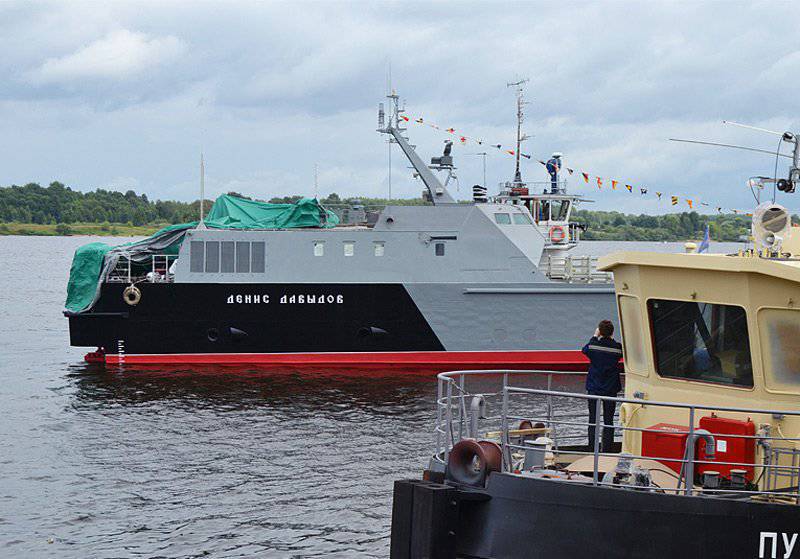
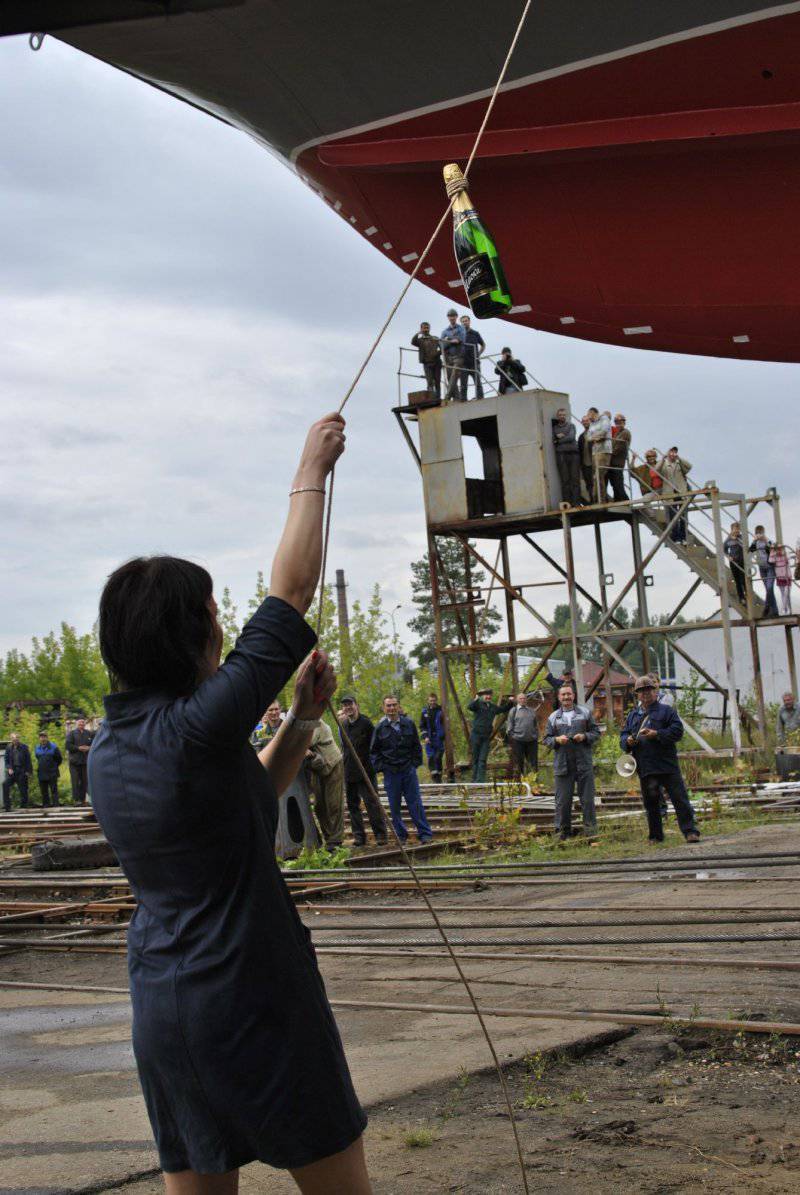
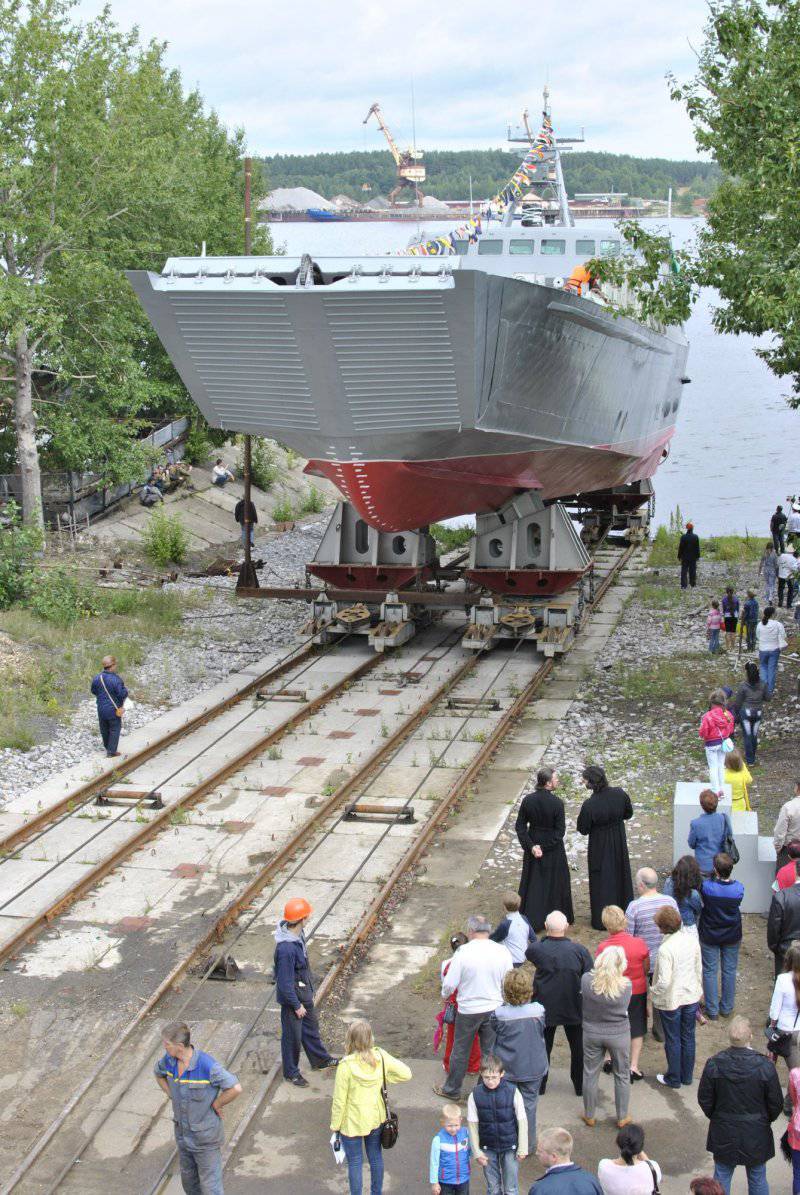
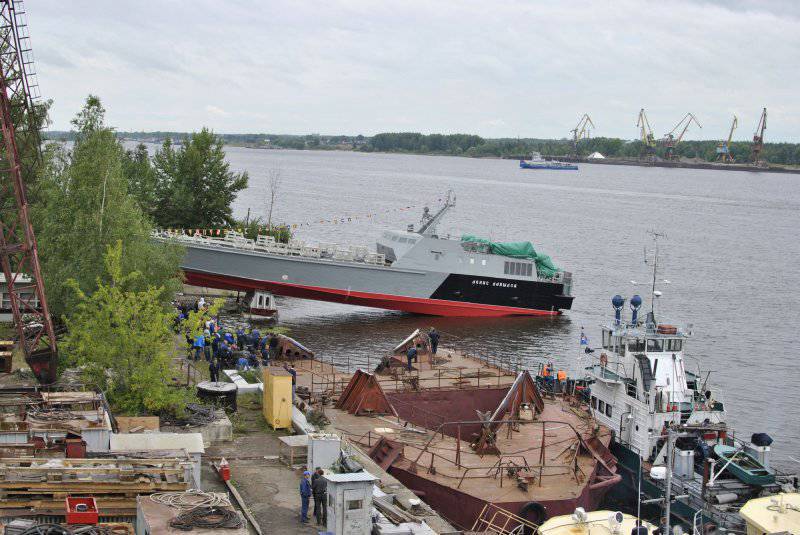
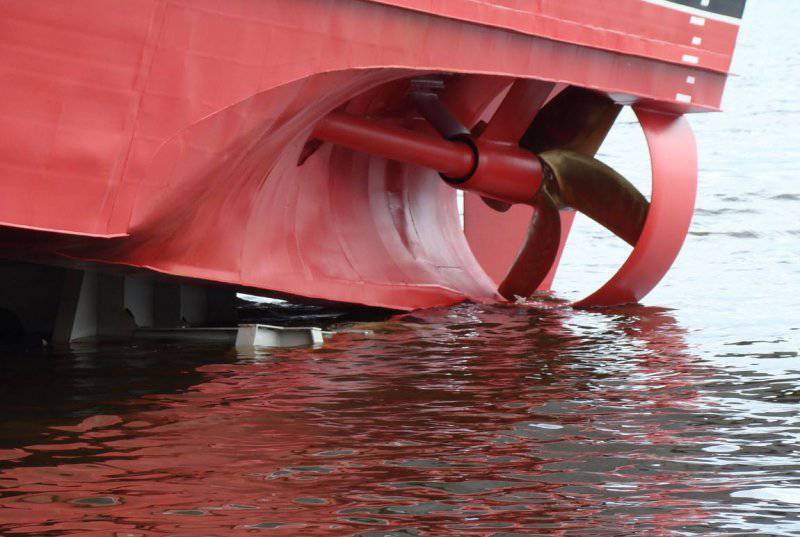
Information